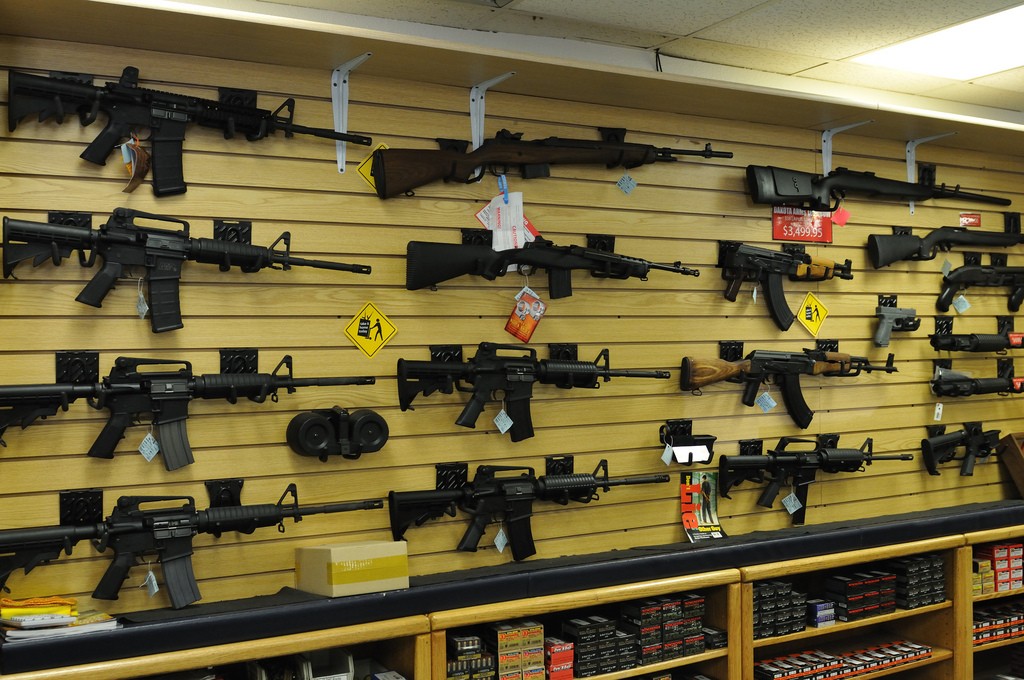 With discourses surrounding terrorism and gun violence, which have become prominent again in the wake of Charleston and Chattanooga, people want to find patterns that illustrate the source of the threats of violence. Looking for these patterns, people engage in an act of comparison, which, as we have discussed on this blog previously, is more about the person constructing the comparison than some reality outside of him/her. For example, I have seen various social media posts recently that include lists of acts of violence, ranging from 9/11 and the storming of the US Embassy in Iran to the Chattanooga shootings, all attributed to people who identified as Muslims. While these posts appear to be direct descriptions of reality, they reflect the choices of the creator of the list as to which acts of violence to include and which identifications to include. Continue reading “Identifying Threats of Violence”
With discourses surrounding terrorism and gun violence, which have become prominent again in the wake of Charleston and Chattanooga, people want to find patterns that illustrate the source of the threats of violence. Looking for these patterns, people engage in an act of comparison, which, as we have discussed on this blog previously, is more about the person constructing the comparison than some reality outside of him/her. For example, I have seen various social media posts recently that include lists of acts of violence, ranging from 9/11 and the storming of the US Embassy in Iran to the Chattanooga shootings, all attributed to people who identified as Muslims. While these posts appear to be direct descriptions of reality, they reflect the choices of the creator of the list as to which acts of violence to include and which identifications to include. Continue reading “Identifying Threats of Violence”
Finding the Frames
 As we have repeatedly argued at this site, how we classify acts tells us much about the world we are trying to create. And among those telling acts of identification are choices to see something as evidence of a widespread structural issue in which many of us are all implicated or, instead, as the unpredictable result of a lone actor with impenetrable motives. We’ve seen debates on this before, of course, and, in light of the mass murder of nine black parishioners at the Emanuel African Methodist Episcopal Church in Charleston, SC, just two evenings ago, by a white suspect who is now in custody, well…, we’re seeing this debate take place again. Continue reading “Finding the Frames”
As we have repeatedly argued at this site, how we classify acts tells us much about the world we are trying to create. And among those telling acts of identification are choices to see something as evidence of a widespread structural issue in which many of us are all implicated or, instead, as the unpredictable result of a lone actor with impenetrable motives. We’ve seen debates on this before, of course, and, in light of the mass murder of nine black parishioners at the Emanuel African Methodist Episcopal Church in Charleston, SC, just two evenings ago, by a white suspect who is now in custody, well…, we’re seeing this debate take place again. Continue reading “Finding the Frames”
